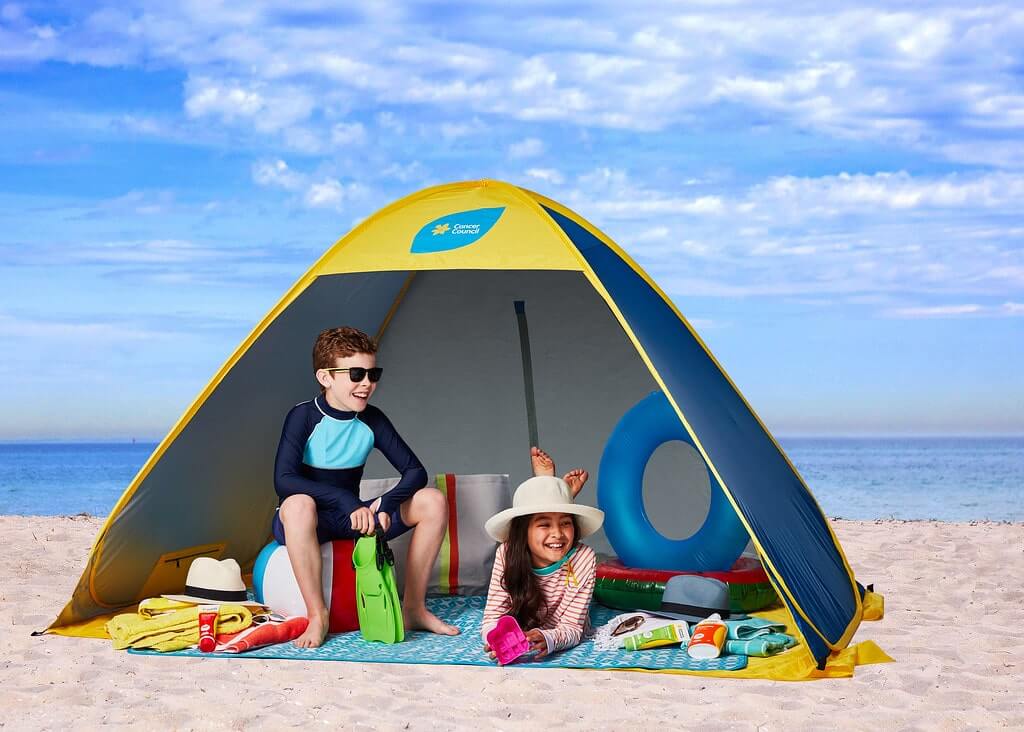Blog
Now is not the time for Australians to lose confidence in sunscreen
23 October 2017

With melanoma rates in Australia among the highest in the world, and two out of every three Australians diagnosed with a skin cancer by the age of 70, now is not the time to lose our confidence in sunscreen.
Yet recent Cancer Council research has revealed that just 55% of Australian adults believe sunscreen is safe to use every day - 6% less than just three years earlier.
This is extremely concerning given we have more evidence than ever that sunscreen is not only safe, but can prevent even the most deadly of skin cancers: melanoma. The most comprehensive study of cancer prevention in Australia estimated that in 2010, more than 1,700 cases of melanoma were prevented by long-term sunscreen use, as well as another 14,190 squamous cell carcinomas (a common non-melanoma skin cancer).
It seems that some of the public's mistrust of sunscreen has stemmed from concerns around vitamin D levels, nanoparticles, and allergies.
The worry that sunscreen use leads to vitamin D deficiency has been proven to be unfounded, with studies showing the regular use of sunscreen does not reduce overall vitamin D levels . This is because most of us make enough vitamin D from just a few minutes of daily sun exposure over summer months.
Australians also need not worry about sunscreen nanoparticles - the most recent evidence has shown that they are no danger to health.
Other Australians are concerned about sunscreen allergies. The truth is that true allergic reactions are very rare, affecting less than 1% of the population, and can be addressed with patch testing and guidance from a dermatologist.
For the vast majority of Australians, the real problem is not the product itself, but how we use it. Unfortunately, most of us simply don't apply sunscreen properly.
For example, instead of the recommended 35ml (or seven teaspoons) it takes for full coverage of the average adult, we spread our sunscreen thinner than Vegemite on toast, trying to make our standard 110ml tube last all summer. In reality, that tube should be used up after three full body applications.
And instead of slipping on covering clothing, slapping on a hat, seeking shade and sliding on sunglasses for the best level of protection, we might slop on sunscreen and expect it to be our suit of armour in the sun, forgetting that it can easily sweat or wipe off, and needs to be reapplied regularly.
Babies and young children need special protection, too, as their skin is more sensitive than that of adults. Babies should be kept out of direct sunlight as much as possible when UV levels are 3 or above, but when that's not possible, make sure that they're covered by shade, protective clothing and a hat. It's not recommended to use sunscreen on large sections of skin on babies under six months - if you choose to use it on small areas, make sure it's suitable for young children, and do a patch test first. Sunscreens for babies usually use ingredients more suitable for sensitive skin, such as zinc oxide, and avoid ingredients and preservatives that may cause reactions in young skin.
Overall, common sunscreen mistakes can be avoided by improving our sunscreen application skills. So when you're outdoors when the UV level is 3 or higher, follow these golden rules:
- apply SPF30 (or higher) broad-spectrum, water-resistant sunscreen at least 20 minutes before going outdoors.
- apply your sunscreen generously. An average adult needs 35ml or seven teaspoons for a full-body application. That's one per limb, one for the front and back of your torso, and one for your face, neck and ears.
- re-apply at least every two hours you're outdoors, or immediately after you swim or sweat.
- use all five forms of sun protection together for the best defence against UV damage, and skin cancer.
Tags
